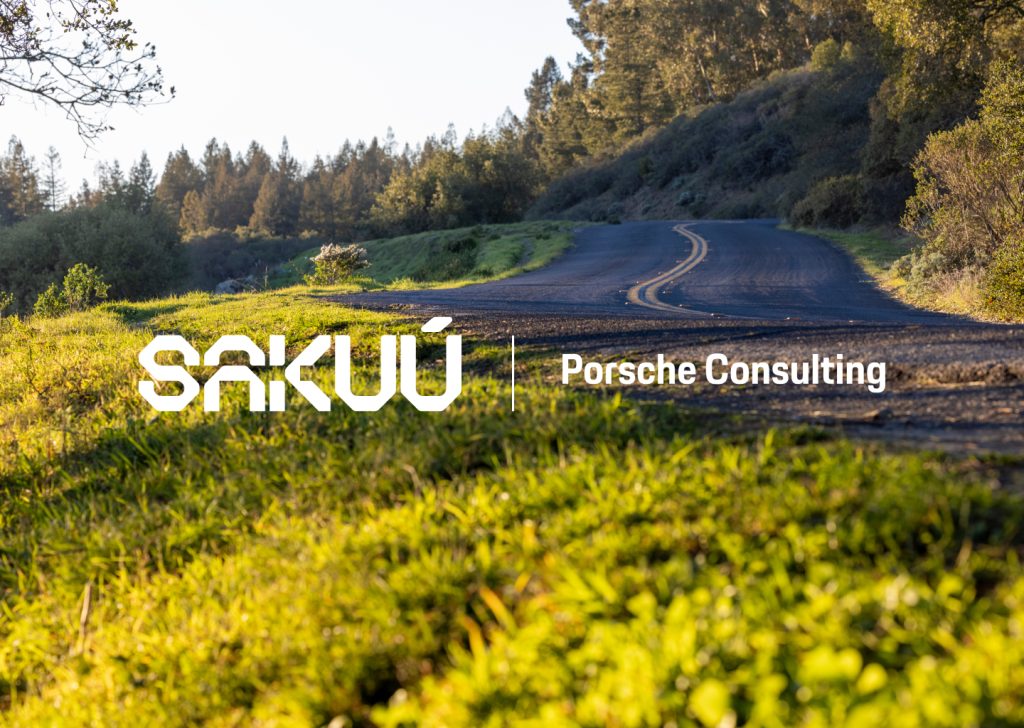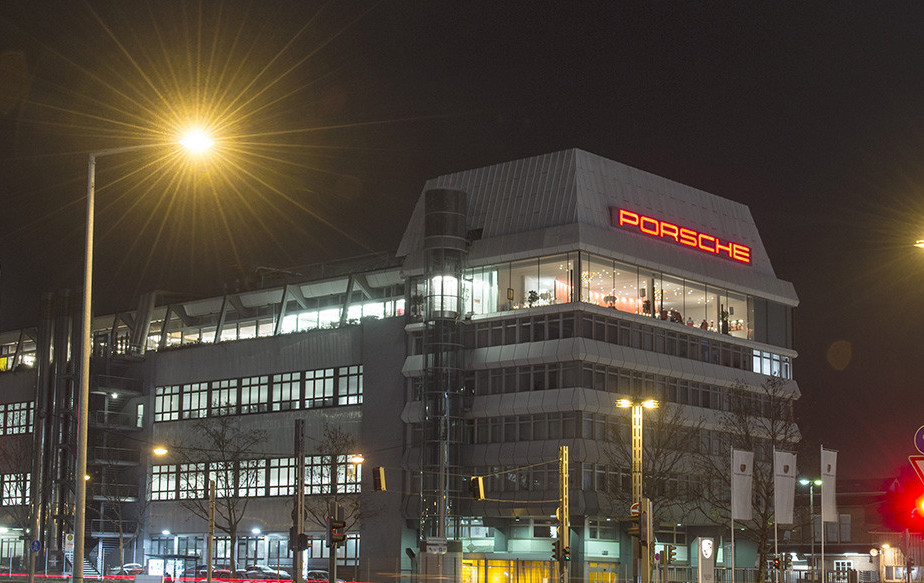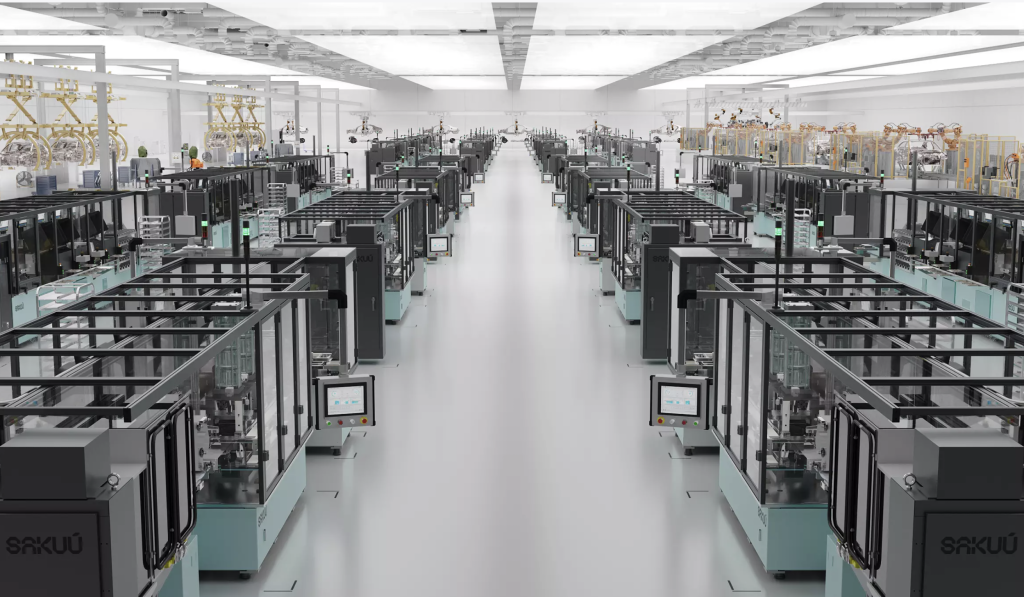Sakuu has selected operations consultancy specialist Porsche Consulting to advise on the build of its upcoming battery 3D printing factories.
Once opened, Sakuu’s planned ‘gigafactories’ are expected to yield energy storage devices that meet its 2030 annual energy output goal of 200GWh. As the consultancy arm of Porsche, a highly-experienced automotive multinational, Porsche Consulting will now draw on this expertise to help ensure that Sakuu’s facilities are state-of-the-art and capable of operating at scale.
“We’re thrilled to become an integral part of Sakuu’s journey as it embarks on building gigafactories that break all norms in commercial-scale energy manufacturing,” said Gregor Harman, CEO of Porsche Consulting, North America. “Their seminal and scalable additive manufacturing approach can bring incredible innovation to major industries transitioning to new energy solutions— automotive and beyond.”

Sakuu’s ‘Kavian’ 3D printing platform
Formerly known as KeraCel, Sakuu is a Musashi Seimitsu-backed developer of next-generation solid-state batteries or ‘SSBs,’ with the potential to power future electric vehicles (EVs). Previously named the ‘Sakuu AM Platform,’ the firm’s proprietary 3D printing technology has also undergone a rebrand recently. Though now called ‘Kavian,’ the system still relies on a combination of the binder jet and powder bed fusion processes, to 3D print parts with ceramics and metals in the same layer.
The technology also draws upon artificial intelligence (AI) for its quality control system, which is capable of independently carrying out integrated layer inspection. On the cost front, thanks to 3D printing’s inherent feedstock efficiency advantages over subtractive manufacturing methods, the tooling-free Kavian platform is said to yield no material waste whatsover, with any excess being reusable.
Ultimately, Sakuu boasts that its technology allows for the creation of devices with improved interfacing and stronger ceramic layers than existing batteries, as well as monolithically-layered cells, that can be more easily produced at scale.
To help accelerate the process of bringing these batteries to market, the company has attracted a significant amount of investment. After Sakuu raised $62 million towards this end in October 2021, it went on to achieve a benchmark battery energy-density of 800 Wh/L last year, putting it on course for its first 1,200 Wh/L device shipments in 2023.

What will Sakuu’s gigafactories look like?
We may still be seven years away from 2030, the year in which Sakuu aims to have its gigafactories open and churning out batteries at an industrial rate, but it has already given a clear idea of what its facilities will look like. Set to be built around the firm’s Kavian platform machines, it’s said that these factories will enable the ‘high-volume, cost-effective, and sustainable printing of industry-leading cells.’
Compared to traditional roll-to-roll battery manufacturing, Sakuu says the automation unlocked by its Kavian technology will also help slash manufacturing costs. Overall, the company boasts that its gigafactories are going to feature a 44% smaller than normal footprint, while enabling battery production with 69% fewer process steps, in a way that will make them 33% cheaper to produce.
Thus far, Sakuu has opened just one energy-producing facility, a pilot factory in San Jose, California. But with the aid of Porsche Consulting, the firm is now aiming to break ground on a new large-scale battery manufacturing complex.
“With respect for its deep expertise in automotive plant ideation and execution, we ultimately selected Porsche Consulting due to our belief that its team exhibits mastery in designing large-scale manufacturing plants—start to finish,” said Robert Bagheri, Founder and CEO at Sakuu. “We look forward to breaking ground on our first gigafactory with Porsche Consulting’s contributions and support.”

Although battery 3D printing remains an emerging market, Sakuu has managed to establish itself as one of the early leaders in an increasingly competitive space. In March 2022, Blackstone Resources unveiled plans to commercialize its 3D printed sodium-ion battery design by 2025, with its performance already being tested on a Eurabus.
Researchers at Lawrence Livermore National Laboratory (LLNL) have also partnered with Ampcera with the aim of developing next-gen 3D printed lithium battery cathodes. Backed with $1.5 million in US Department of Energy funding, the study has seen the team use powder bed fusion to print faster charging, higher energy density batteries.
To stay up to date with the latest 3D printing news, don’t forget to subscribe to the 3D Printing Industry newsletter or follow us on Twitter or liking our page on Facebook.
While you’re here, why not subscribe to our Youtube channel? featuring discussion, debriefs, video shorts and webinar replays.
Are you looking for a job in the additive manufacturing industry? Visit 3D Printing Jobs for a selection of roles in the industry.
Featured image shows some promo material for the Sakuu-Porsche tie-up. Image via Sakuu.


